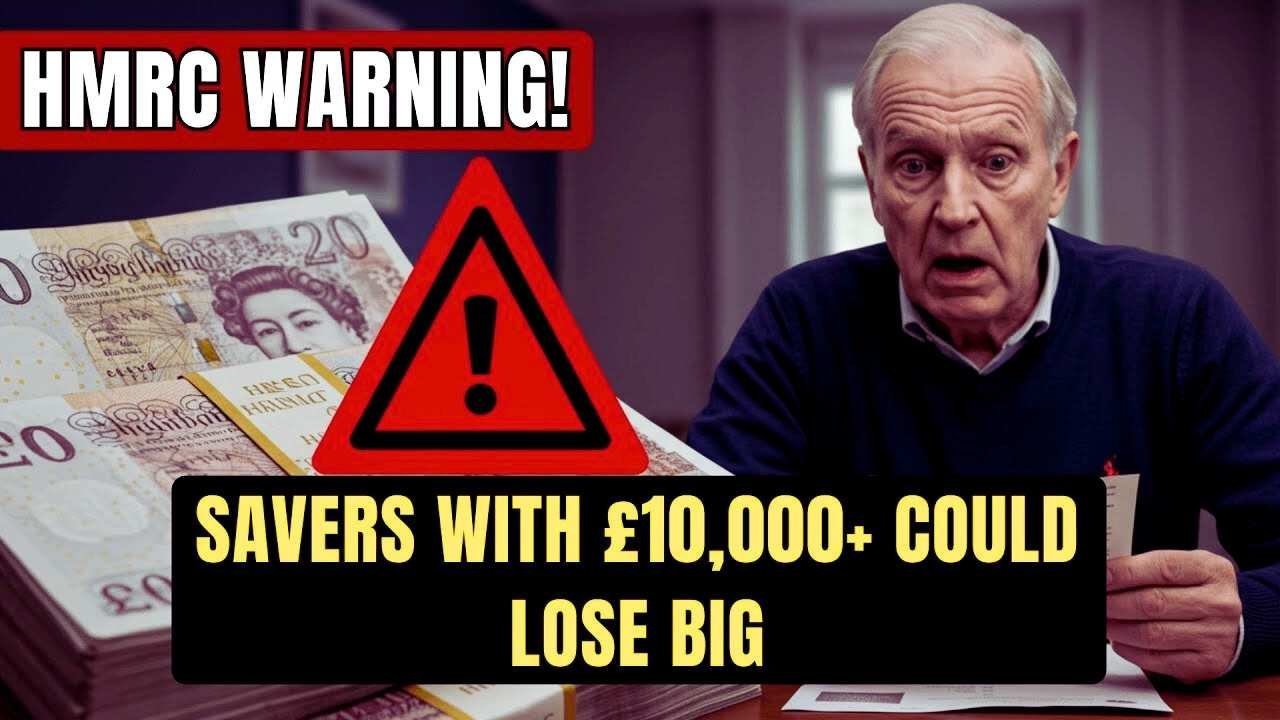In a timely reminder amid rising interest rates, HMRC has issued fresh guidance for millions of UK savers. If you have more than £10,000 tucked away in savings accounts, you might now owe tax on the interest earned. This update comes as banks offer rates around 5 per cent, pushing many people’s earnings over key thresholds. Officials stress it’s not a new tax but a call to check your situation and report correctly to avoid fines. With the tax year ending in April, now is the time to act, especially for pensioners and higher earners who could see their bills rise without warning.
What the Update Really Means
The core of HMRC’s message is about declaring interest from savings. If your total interest tops £10,000 in a year, you must file a self-assessment tax return. For amounts below that, HMRC can often adjust your tax code through your employer or pension provider via PAYE. This rule has been around, but with rates climbing, more folks are hitting the limit. For example, £200,000 in savings at 5 per cent generates £10,000 in interest, triggering the need for self-assessment. The update urges savers to review bank statements and use HMRC’s online tools to stay compliant, preventing penalties that start at £100 for late filings.
Who Needs to Pay Attention?
This affects anyone with substantial savings, but higher-rate taxpayers and pensioners are most at risk. If you’re a basic-rate payer earning 20 per cent tax, you can have up to £1,000 in interest tax-free each year. Higher-rate folks at 40 per cent get £500, while top earners at 45 per cent get nothing. Savers with over £10,000 often earn enough to breach these, especially if not in tax-free accounts. Pensioners drawing state or private pensions might also see their total income push them into higher bands. HMRC notes that low-income savers could benefit from a special £5,000 starting rate for savings if their other earnings are under £17,570.
How Savings Tax Is Calculated
Understanding the allowances is key to avoiding shocks. HMRC applies a personal savings allowance on top of your standard £12,570 personal allowance for all income. Here’s a quick breakdown in a simple table:
| Tax Band | Annual Tax-Free Interest |
|---|---|
| Basic rate (20%) | £1,000 |
| Higher rate (40%) | £500 |
| Additional rate (45%) | £0 |
Interest above these is taxed at your income tax rate. Banks send certificates showing what you’ve earned, and HMRC gets this data too, but it’s your job to declare if needed. For those with mixed incomes, the starting rate for savings adds extra relief, letting up to £5,000 go untaxed if wages or pensions are low.
Smart Ways to Keep More of Your Money
To dodge unnecessary tax, HMRC recommends shifting funds into ISAs, where you can save up to £20,000 a year tax-free across cash or stocks and shares options. Interest and growth stay sheltered forever. Keep track of interest with annual summaries from your bank. Consider spreading savings across family members to use multiple allowances. Speak to a financial advisor for tailored plans. Review your tax code regularly online. Act before the tax year ends to adjust.
Final Steps for Savers
HMRC’s update is a helpful nudge rather than a scare, aimed at fair play in the system. Head to gov.uk for free calculators and guides, or call their helpline if stuck. By staying on top, you can protect your nest egg and enjoy peace of mind. Remember, ignoring this could lead to audits or back taxes, so sort it soon. With simple checks, most savers will find they’re fine or can tweak things easily.
